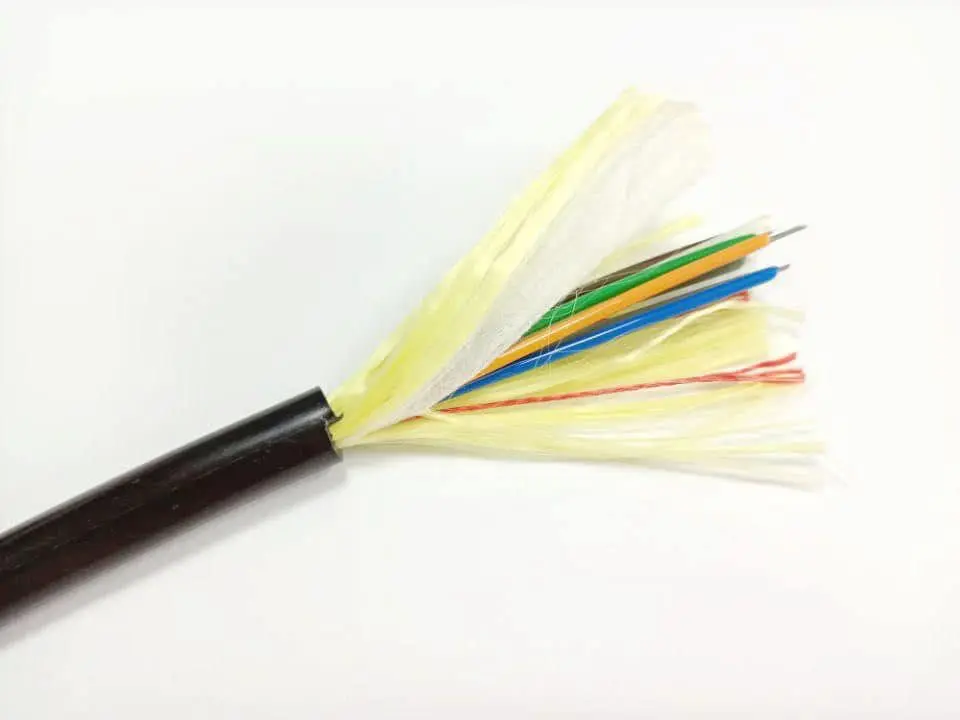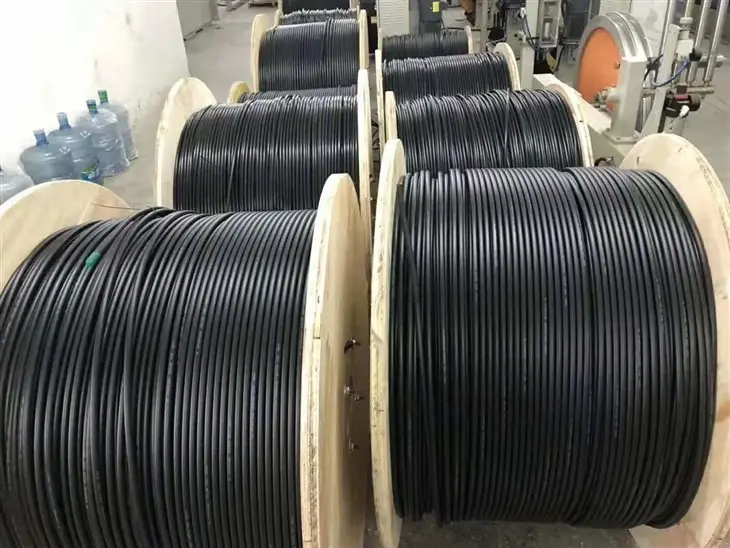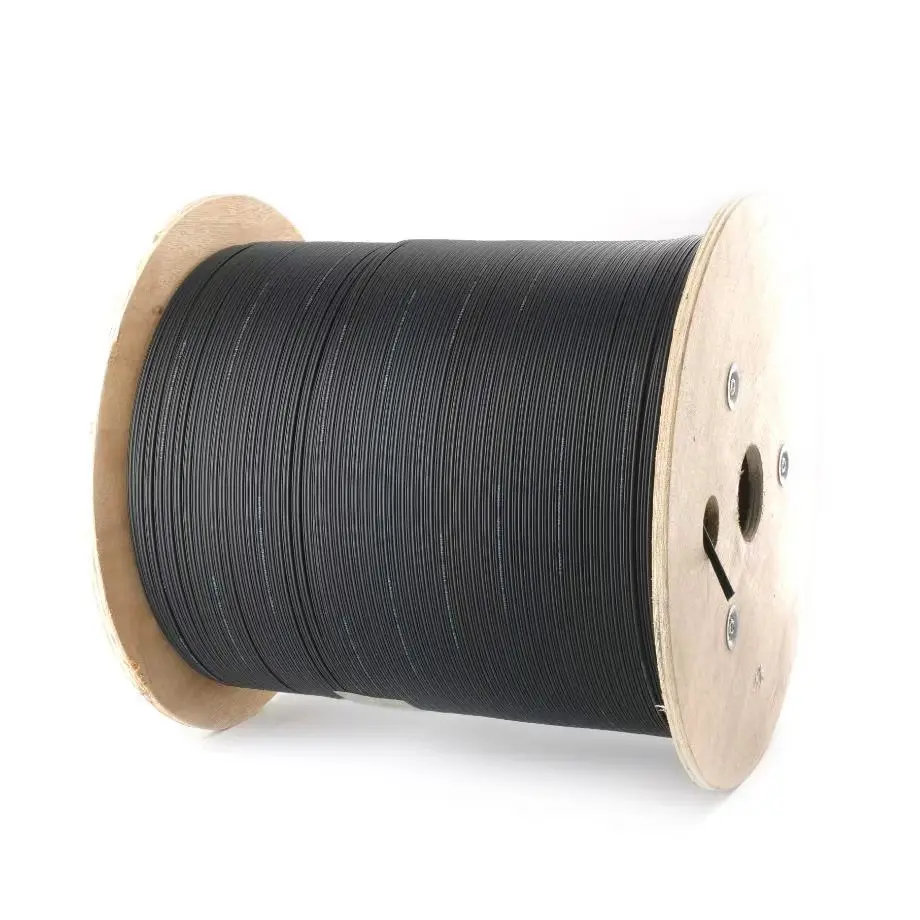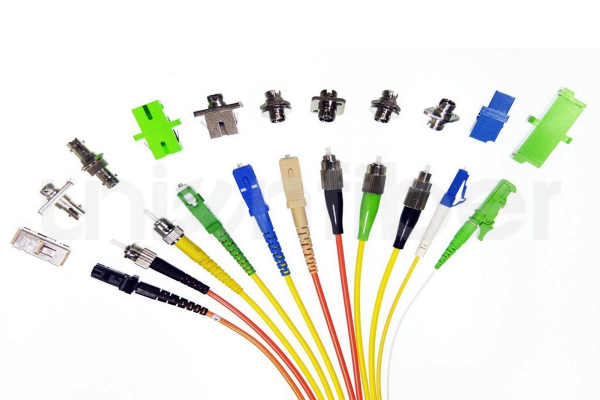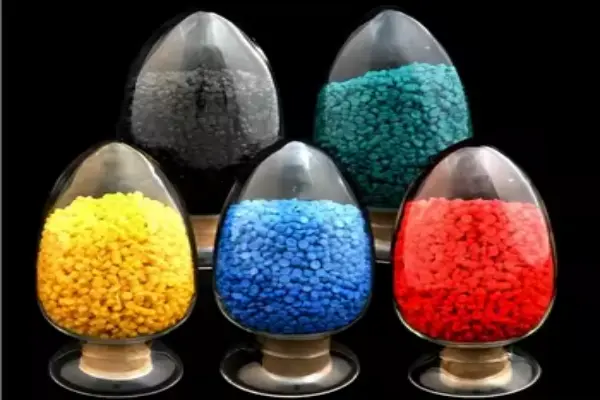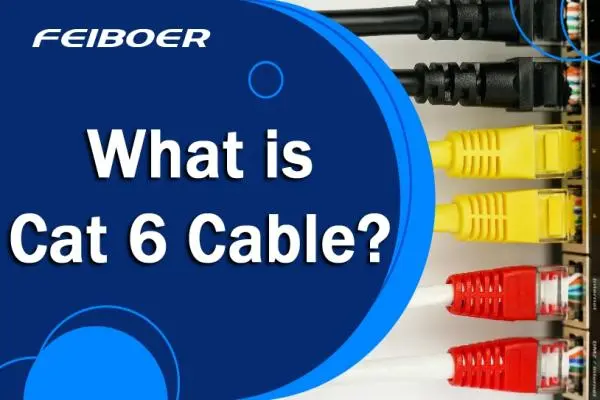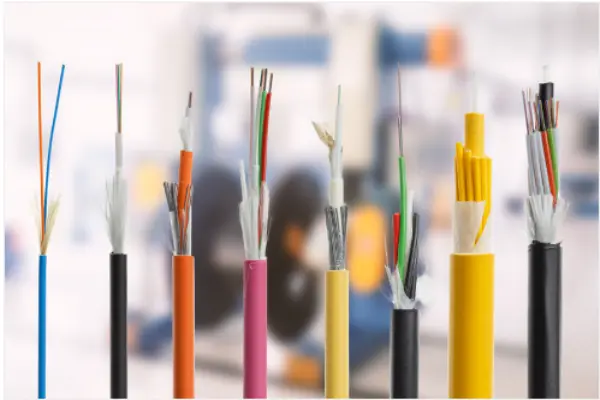Leather cable: The future of lightweight fiber access
The basic structure and characteristics of leather fiber Optic Cable
Leather cable Optical Cable, commonly known as indoor hanging cabling optical cable, its scientific name for the access network with butterfly lead-in cable. The structural design of this cable gives it a significant advantage in indoor wiring. The structure of the optical cable usually consists of an optical communication unit (optical fiber) located in the center, two parallel non-metallic reinforced components (FRP) or metal reinforced components placed on both sides, and finally extruded black or colored polyvinyl chloride (PVC) or low smoke halogen-free material (LSZH, low smoke, halogen-free, flame retardant) sheath.
1. Special bending fiber: provides greater bandwidth and enhances network transmission performance.
2. Two parallel FRP or metal reinforcement parts: the optical cable has good compression performance and protects the optical fiber.
3. Cable structure is simple, light weight: practical, easy to install and maintain.
4. Unique groove design: easy to peel, easy to connect, simplify installation and maintenance.
5. Low smoke halogen-free flame retardant polyethylene sheath or flame retardant polyvinyl chloride sheath: environmental protection, in line with the safety requirements of modern buildings.
Application scenarios of leather cable optical cables
Leather fiber optic cable is widely used in access network because of its soft and light characteristics. The following are some typical application scenarios:
1. User indoor wiring: In FTTH project, user indoor wiring is the most complex link. Leather cable can adapt to most indoor wiring conditions, such as turning with a bend radius of 20mm, can bear the side pressure of people stepping on the cable, and the pull of engineering construction drag.
2. Vertical horizontal wiring in the building: leather cable cable is also suitable for vertical horizontal wiring in the building. Horizontal wiring is not very demanding, but vertical wiring must require the cable to have a certain strength of tensile properties.
3. Self-supporting overhead household wiring: self-supporting "8" cable wiring has a metal cable unit, so the tensile performance is stronger and can withstand a span of 50 meters.
4. Pipeline into the household wiring: the pipeline mapping cable is harder than the leather cable, the tensile strength is higher, and the cable contains water blocking materials, which can reduce outdoor rain erosion, suitable for long-distance outdoor pipeline laying.


